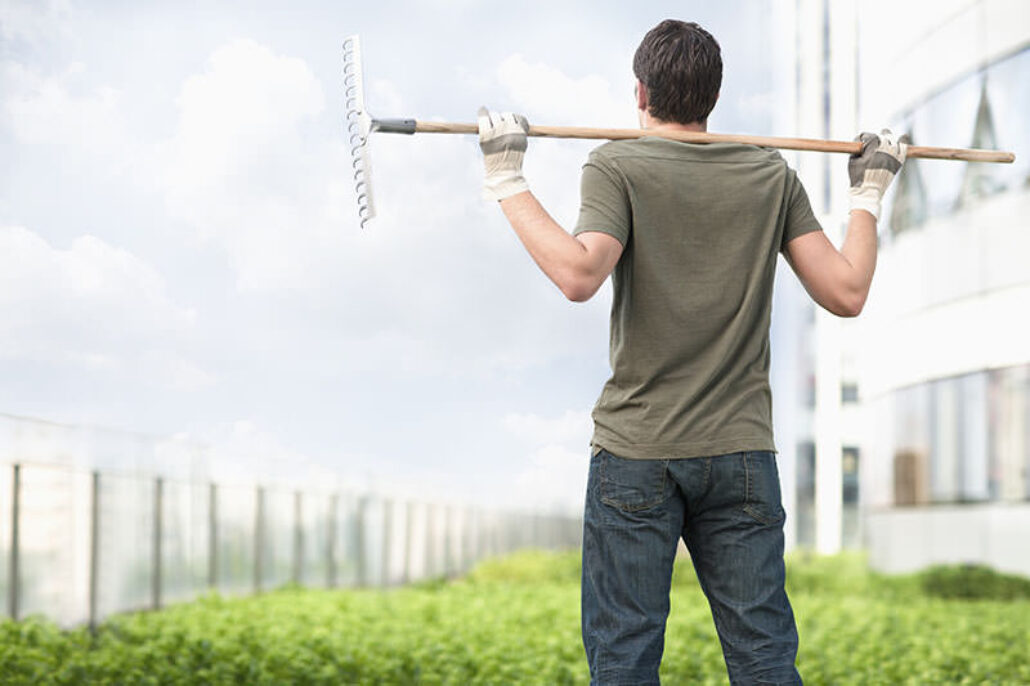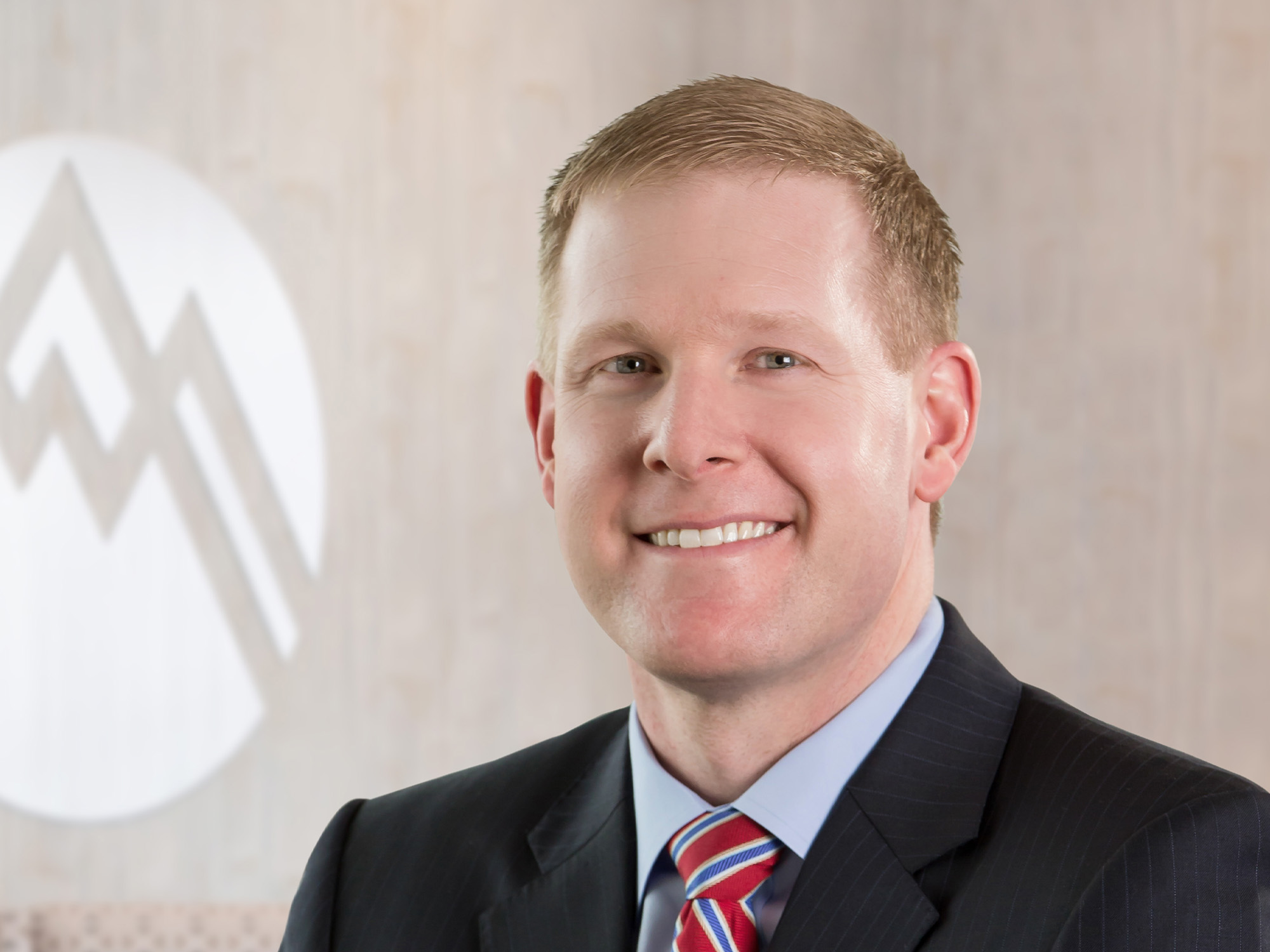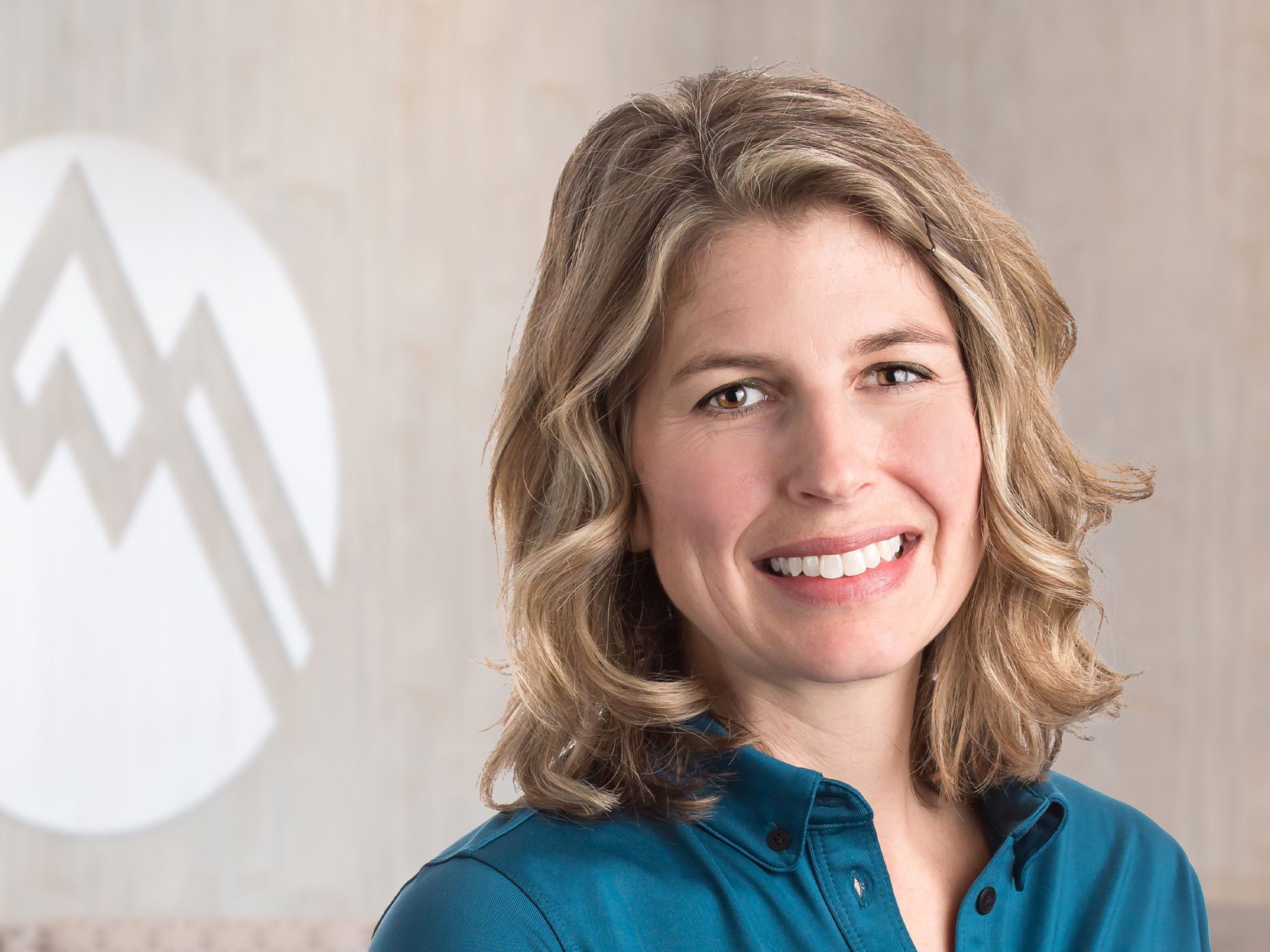Most back pain can be traced back to a problem with a disc in the spine. Disc issues fall into three common conditions: spinal stenosis, disc bulges, and disc herniations. We explain what spinal stenosis is and how it occurs.
Our backbone protects the spinal cord and nerves. The bones in the spine have holes through which the cord and nerves run. Over time, these openings in the bone become smaller and narrower, and can compress the nerves inside, causing pain. This narrowing process is a form of spinal degeneration called spinal stenosis.
Symptoms of spinal stenosis
Although spinal stenosis can affect discs anywhere along the spinal column, about 75 percent of spinal stenosis occurs in the low back, or lumbar spine. The symptoms of spinal stenosis are commonly associated with sciatica; they can include lower back pain as well as pain that travels into the legs. People with stenosis may experience frequent falling, clumsiness, and difficulty with walking. Stenosis pain may be described as a sense of numbness, tingling, or hot and cold feelings in the legs.
Wear and tear on discs
Everyone’s discs dry up over time. Our bodies were designed to serve us for about 40 years and not beyond that. If you are over 30, your discs are gradually degenerating—this happens to all of us. Summit spine specialists liken the process to buying a car. If you exchange your car for a new model every five years, you probably aren’t going to have any maintenance issues; but beyond five years, car problems are going to arise. Our bodies also have functional moving parts. We can’t trade our body in for a new one after 30 or 40 years, and over time we are going to experience wear and tear.
Spinal stenosis is a gradual process. When we are young, our nerves thread easily through the holes at the connection points between our vertebral joints. As we get older, the hole shrinks and the gap gets smaller. In addition, arthritis may affect the nice smooth bone surfaces, thickening them and making the holes even smaller. The hole in the bone may no longer be big enough to handle the nerve structure inside. When bone bumps against or makes contact with the nerves, they can become inflamed, swell, and get thicker. The combination of smaller bone openings and thicker inflamed nerves creates stenosis.
Spinal stenosis treatment options
Summit Orthopedics is home to the area’s top spine specialists for spinal stenosis treatment. Because stenosis can develop slowly over time, patients can experience it even when they don’t have any previous history of back problems or injury. Fortunately, changes in posture, physical therapy, or nonsteroidal anti-inflammatory drugs can often relieve the symptoms. If you are experiencing symptoms of stenosis, the spine team at Summit Orthopedics will work with you to confirm a diagnosis and develop an appropriate conservative treatment plan to address your problems. If nonsurgical treatments fail to support your lifestyle goals, fellowship-trained spine surgeons are here to consult with you and discuss appropriate surgical options.
Summit Orthopedics offers comprehensive spine expertise
Our back specialists diagnose spine problems and design custom treatment plans built on a conservative, nonsurgical approach. Most patients find relief through treatments including guided injections, specialized physical therapy, biofeedback, exercise, activity modification, and medication. When conservative care does not relieve symptoms, our highly skilled surgeons offer proven, evidence-based surgical options. Together with you, we will determine the right course of action.
Start your journey to a healthy spine. Find your spine expert, request an appointment online, or call us at (651) 968–5201 to schedule a spine consultation.
Summit has convenient locations across the Minneapolis-St. Paul metro area, serving Minnesota and western Wisconsin. We have state-of-the-art centers for comprehensive orthopedic care in Eagan, MN, Plymouth, MN, Vadnais Heights, MN, and Woodbury, MN, as well as additional community clinics throughout the metro and southern Minnesota.
Spine related resources
- View Summit’s Spine animated condition and treatment video library
- Check out additional information on Summit’s approach to spine care
- See Summit’s treatment options for neck, back, and spine care
- Ask Dr. Choi: How Does Spinal Cord Electrical Stimulation Feel?
More resources for you
- What Is Scoliosis?
- Know The Symptoms Of Scoliosis
- Basic Anatomy Of The Spine
- Tips To Fight “Text Neck” With Proper Posture


